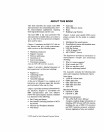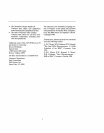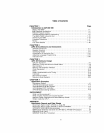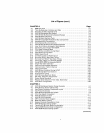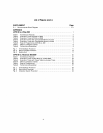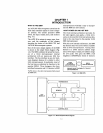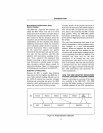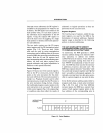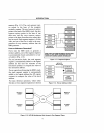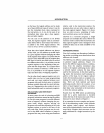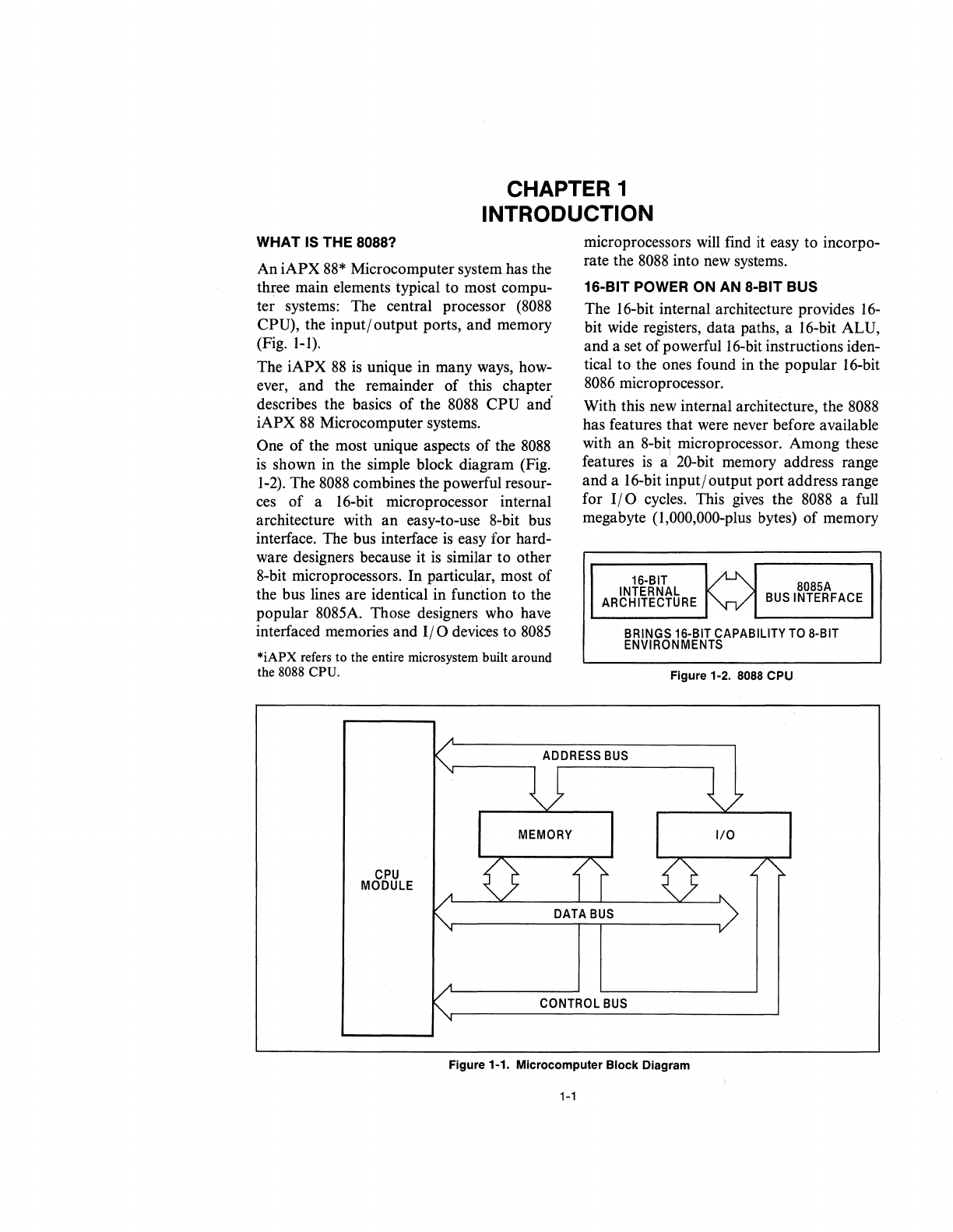
CHAPTER 1
INTRODUCTION
WHAT
ISTHE
8088?
An iAPX
88*
Microcomputer system has the
three main elements typical to most compu-
ter systems: The central processor
(8088
CPU), the input/ output ports, and memory
(Fig.
1-1).
The iAPX
88
is
unique in many ways, how-
ever, and the remainder
of
this chapter
describes the basics
of
the
8088
CPU and'
iAPX
88
Microcomputer systems.
One
of
the most unique aspects of the
8088
is
shown in the simple block diagram (Fig.
1-2).
The
8088
combines the powerful resour-
ces
of
a l6-bit microprocessor internal
architecture with
an
easy-to-use 8-bit bus
interface. The bus interface
is
easy for hard-
ware designers because it
is
similar to other
8-bit microprocessors. In particular, most of
the bus lines are identical in function to the
popular
8085A. Those designers who have
interfaced memories and
I/O
devices to
8085
*iAPX refers to the entire microsystem built around
the
8088 CPU.
CPU
MODULE
MEMORY
microprocessors
will
find it easy to incorpo-
rate the
8088
into new systems.
16-BIT POWER ON AN 8-BIT BUS
The 16-bit internal architecture provides
16-
bit wide registers, data paths, a l6-bit ALU,
and a set of powerful16-bit instructions iden-
tical to the ones found in the popular l6-bit
8086
microprocessor.
With this new internal architecture, the
8088
has features that were never before available
with an
8-bi~
microprocessor. Among these
features
is
a 20-bit memory address range
and a l6-bit input/ output port address range
for
I/O
cycles. This
gives
the
8088
a full
megabyte
(l,OOO,OOO-plus
bytes)
of
memory
16-BIT
~
8085A
INTERNAL
ARCHITECTURE
~
BUS
INTERFACE
BRINGS 16-BIT CAPABILITY
TO
8-BIT
ENVIRONMENTS
Figure 1-2.
8088
CPU
I/O
CONTROL
BUS
Figure 1-1. Microcomputer
Block
Diagram
1-1



